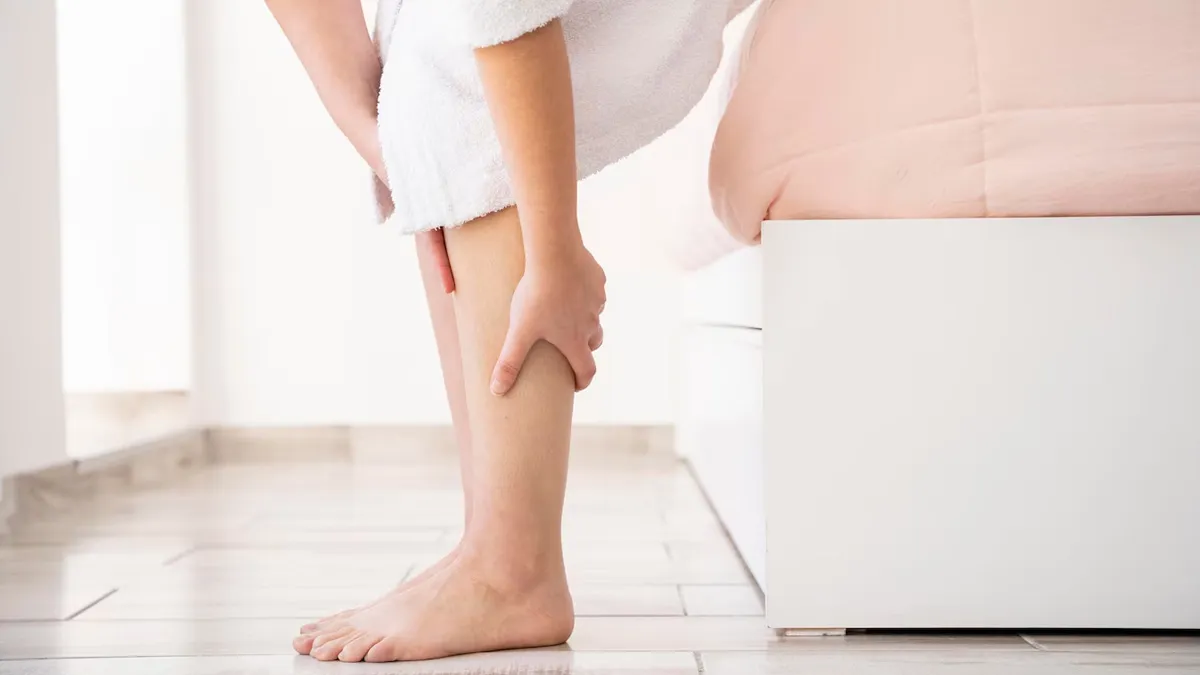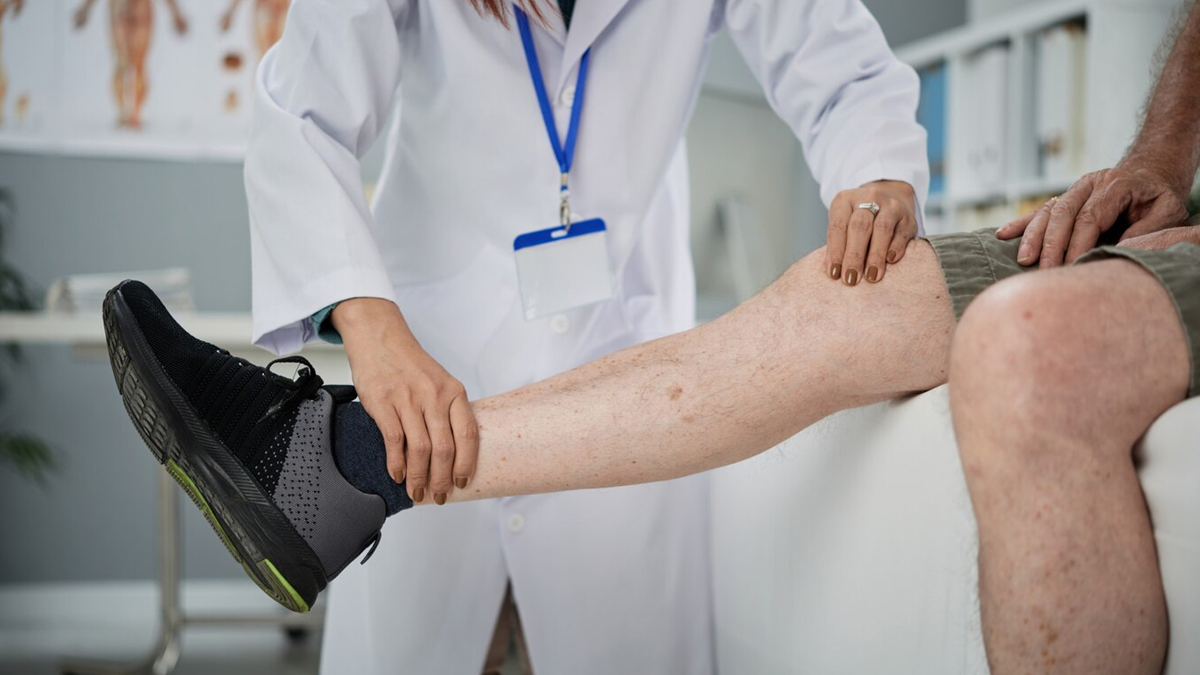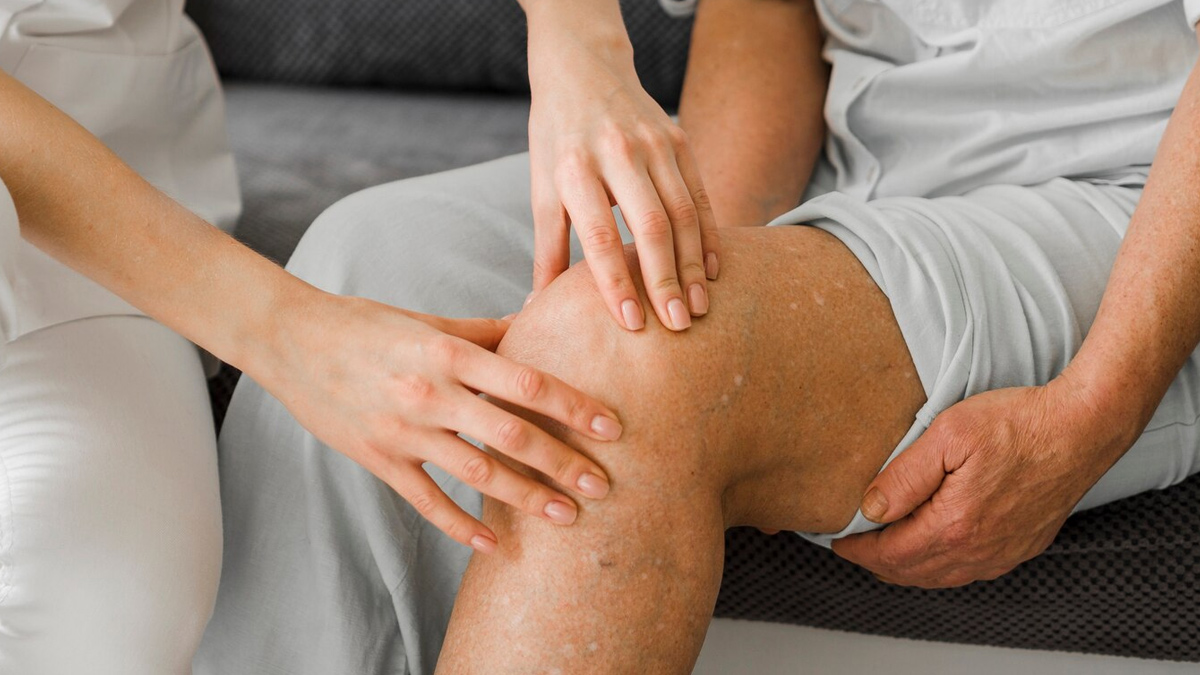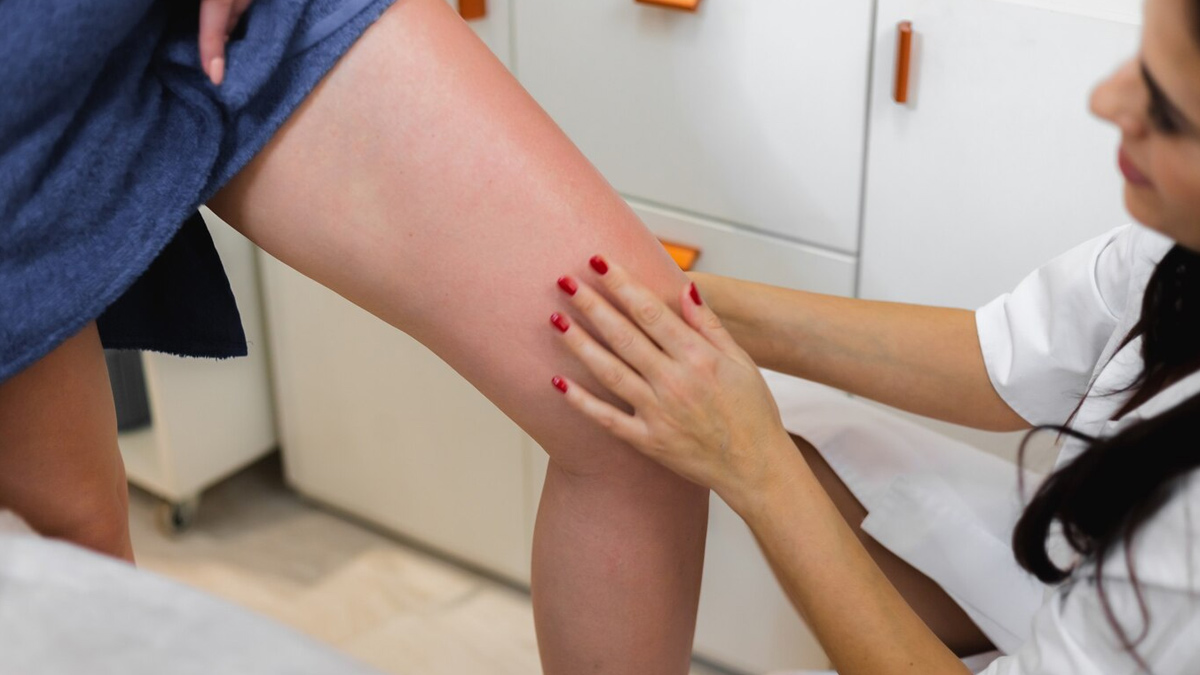
If you’ve ever noticed a painful, red, or swollen area on your leg and wondered what it could be, phlebitis might be one of the possible causes. While those who have some knowledge about vascular health may mistake phlebitis for more serious conditions like Deep Vein Thrombosis (DVT), phlebitis refers to inflammation of a vein, usually near the surface of the skin. It can be uncomfortable and even alarming, but it’s important to understand how it differs from DVT, which involves deeper veins.
Table of Content:-
Speaking with the OnlyMyHealth team, Dr Aniruddha Bhuiyan, Consultant Vascular and Endovascular Surgeon, S L Raheja Hospital – A Fortis Associate, Mahim, shares key differences between the conditions and lists ways to reduce the risk.
Also Read: How to Prevent Superficial Thrombophlebitis?
What is Phlebitis?

Phlebitis is a condition associated with the inflammation of the veins. It often causes pain, redness, and swelling in the affected area. Phlebitis occurs due to a blood clot, also known as thrombophlebitis, or from irritation or damage to the vein's lining.
Common symptoms of phlebitis include pain, tenderness, redness, and swelling in the affected area. The vein may also feel warm to the touch, and in some cases, a hard, cord-like structure may be palpable under the skin.
What Is Deep Vein Thrombosis (DVT)?
Deep Vein Thrombosis (DVT) is a condition where a blood clot, also called a thrombus, forms in a deep vein. It most likely occurs in the legs but can also develop in other areas like the arms or pelvis.
These clots can be dangerous because they can break loose and travel to the lungs, causing a Pulmonary Embolism (PE), which is a serious and potentially life-threatening condition.
Phlebitis Vs. Deep Vein Thrombosis: What Are The Differences?

While phlebitis and DVT are both conditions involving blood clots and inflammation in veins, they are different and require different treatment strategies.
Dr Bhuiyan says, "Phlebitis refers to inflammation of the superficial veins, often due to trauma or varicose veins, and typically presents with redness, pain, and swelling. DVT, or Deep Vein Thrombosis, on the other hand, is more severe; it involves blockage of the deeper veins, which can lead to clots travelling to the lungs if left untreated.”
“DVTs also carry the risk of lifelong morbidity, such as valvular leakage in the legs if the clots settle and damage the valves,” she warns.
It is also important to differentiate between a normal clot and DVT. While a red, warm, tender swelling in the veins usually signifies a clot, a completely swollen leg with pain while walking could indicate a DVT, which warrants an ultrasound screening.
Also Read: Why You Shouldn't Cross Your Legs On A Plane
Are People With Phlebitis More At Risk Of DVT?
According to StatPearls Publishing, phlebitis, or superficial thrombophlebitis, also called superficial venous thrombosis (SVT), has been associated with other venous thromboembolic disorders, primarily DVT and PE.
This becomes more common if the inflammation and clot are near the area where superficial and deep veins connect, says Dr Bhuiyan.
"People with risk factors like being immobile, smoking, recent surgery, or any clotting disorders are more prone to progression," the doctor adds.
Treatment Options For Phlebitis And DVT
The treatment methods for both phlebitis and DVT are:
Phlebitis: Treatment includes administering anti-inflammatory meds, blood thinners, ambulation and stockings at a later stage.
DVT: The course of treatment includes prescribing blood thinners, monitoring, removal of the clots via minimally invasive methods, filters in the vein to stop the migration of clots into the lung and compression stockings.
How To Reduce The Risk Of Phlebitis And DVT

Making lifestyle changes to include the below enlisted actions can help prevent both conditions. These activities are:
- Stay active.
- Stay hydrated.
- Do not smoke cigarettes / avoid tobacco intake.
- Maintain a healthy weight.
- Follow proper protocol while taking any hormonal pills/OC pills/infertility treatments.
- Use TED (anti-embolism) stockings for long flights.
- Use stockings if you have large varicose veins.
- Mobilise early post-surgery.
- If there's a known family history of DVT, consult your vascular surgeon.
Conclusion
While phlebitis and DVT may sound similar and even share some symptoms, understanding their differences is key to getting the right treatment and avoiding serious complications. While the former is usually less severe and easier to manage, the latter can be life-threatening if ignored. Paying attention to the signs is crucial, and taking necessary precautions like staying active, keeping hydrated, or simply getting up and moving after a long flight or surgery can make a big difference in protecting your vein health.
Also watch this video
Read Next
When a 'Cold' Isn't Just a Cold: Expert Shares Overlooked Risks of Untreated Respiratory Infections
How we keep this article up to date:
We work with experts and keep a close eye on the latest in health and wellness. Whenever there is a new research or helpful information, we update our articles with accurate and useful advice.
Current Version
